The cathartic release of a weekly ‘rage hike’ has science behind it

- Share via
Editor’s note: The Wild is all about featuring a variety of exciting voices from SoCal’s outdoors scene. For the next several weeks, we’re featuring a series of guest writers (whom we’ve dubbed “wilders” ) from around The Times who are eager to share their adventures with you. This week’s guest wilder is The Times’ deputy editor of partnerships Kelcie Pegher, who fell in love with hiking eight years ago when she moved to Los Angeles. She will mention the invasive mustard dotting the hills every spring without fail.
Maybe you are a fully centered and fulfilled person who has learned to let the irritations of any given day roll off of your shoulders.
I am not.
I have to get out there and walk off the rage instead. I take a hike with a couple of friends that involves walking at an ambitious pace up the side of Griffith Park — we have a few hikes in regular rotation — then relax at the top before making a leisurely descent.
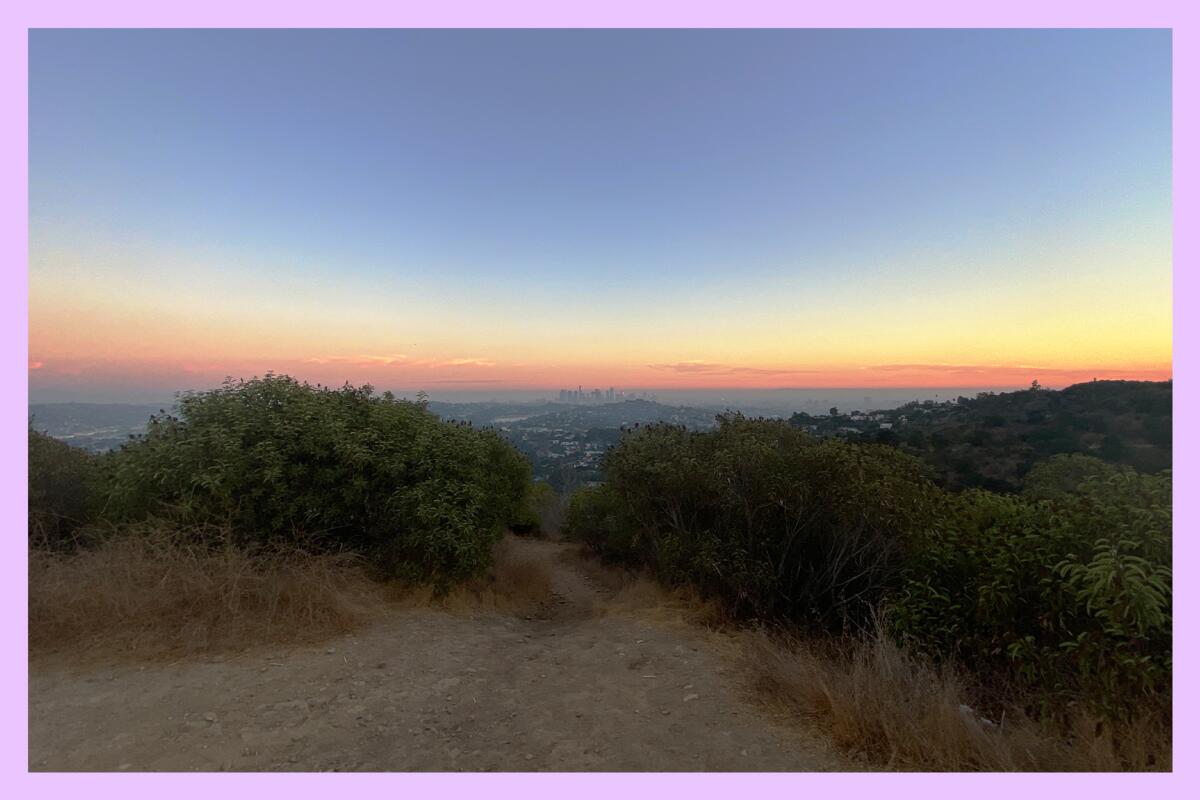
Though our weekly venting outings began well before the pandemic, the seasonal hikes were often my only regular activity during the depths of the 2020 lockdown and only stopped when Los Angeles briefly closed all trails.
We have informally named these “rage hikes.” We talk about anything — the regular annoyances of daily office life and simple miscommunications that eventually sort themselves out. The goal of a rage hike is not to reframe situations to make our outlook for the week more positive. Nor is it to try and “fix” anything. Sometimes the best way to handle an annoyance, to truly get over it, is to kvetch about it. And, while my grandmother and her friends might have done this over a cup of coffee and a slice of cake, I do it over a hiking trail.
The best day for a rage hike, in my very unscientific opinion, is a Tuesday. That’s because you might be full of optimism about the week ahead on a Monday, and, by Thursday, there’s a good chance you’ll be exhausted. But a Tuesday? That’s the sweet spot: You’ve had enough time to get annoyed but there’s still enough of the work week left to salvage.
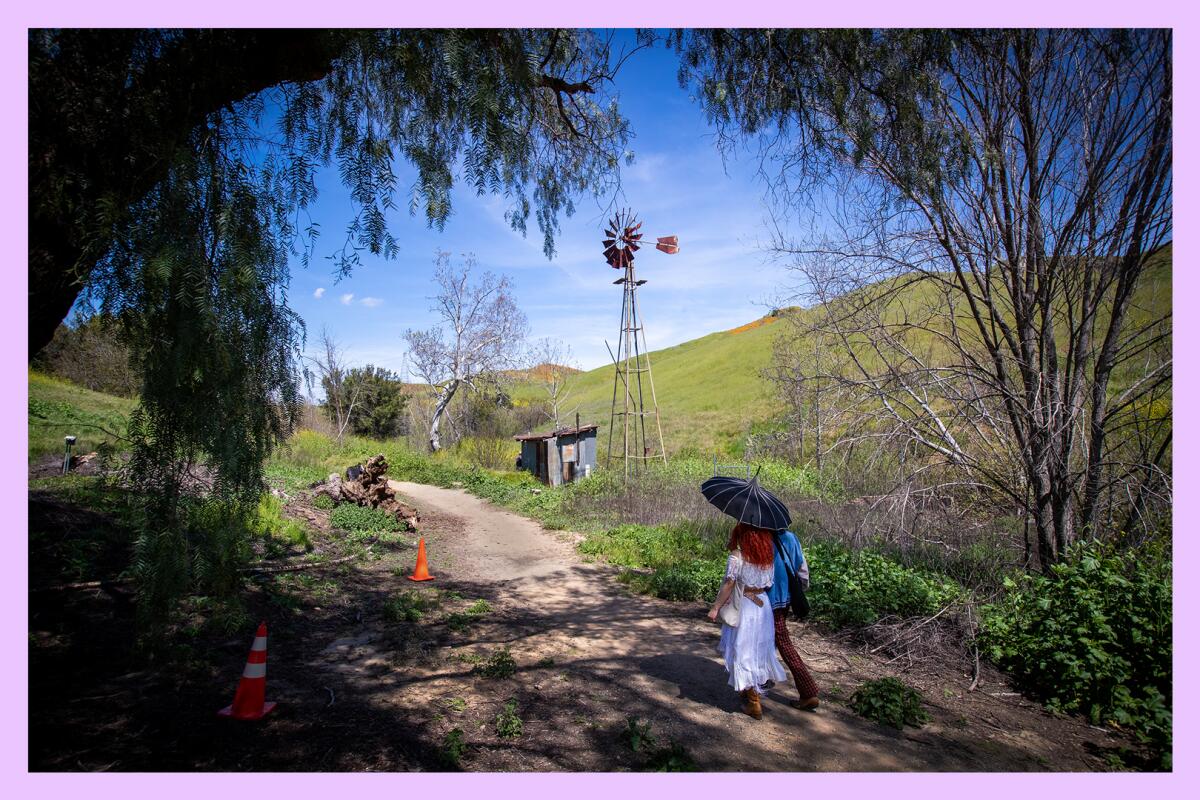
While my preference for Tuesdays isn’t grounded in science, I recently discovered that the benefits my friends and I experience from our rage hikes very much are.
Therapist Sepideh Saremi, who specializes in sessions that take place while being active — in a practice aptly named Run Walk Talk — told me that when one is active, the brain begins a process known as self-generated optic flow.
“What [walking or running] does is makes the activity in your amygdala, which is the part of your brain that is responsible for anxiety — it’s like your lizard brain — it calms [that activity] down,” Saremi said.
More information about how outdoor activity affects moods can be found in a 2015 study that found a 90-minute stroll in a natural environment can lead to measurable changes in the brain, and may help combat depression. In the study, published in PNAS, researchers found that those who took a walk in nature rather than an urban environment found reduction in “rumination,” the replaying of negative thoughts in the brain.
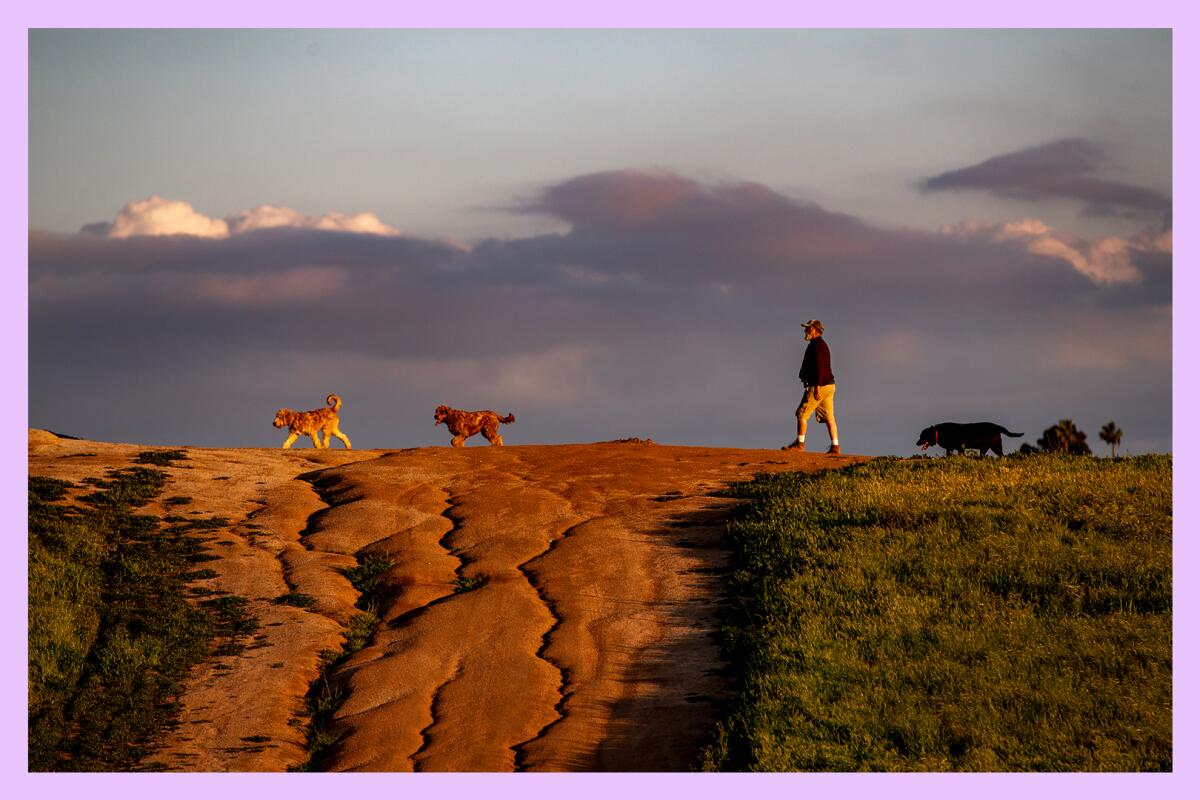
“Ruminative thought means something very specific in psychology,” explained Gregory Bratman, the lead author of the study, in a 2015 story by Times staff writer Deborah Netburn. “It is repetitive thought that is focused on negative aspects of the self.”
But complaining, kvetching or otherwise verbalizing your gripes to a friend can have a different effect. And a beneficial one at that. In a 2020 New York Times article — aptly titled Go Ahead and Complain. It Might Be Good for You — Tina Gilbertson, a psychotherapist and author of “Constructive Wallowing,” points out that there’s a social bonding aspect to complaining. She also underscores the benefit of naming your feelings.
“Acknowledging feelings is healthy,” Gibson said in the piece. “It’s good for you physiologically and it’s good for your emotional health.”
Therapist Saremi said there’s an added benefit to doing your complaining out in the wild.
“Green is great. And blue is even better,” she said. “If you’re able to be somewhere where there’s a lot of trees, that’s great for your mental health. If you’re able to be around water, that’s fantastic.”
Given its myriad benefits, Saremi mused that perhaps all the rage hike really needs to be a thing — at least beyond my group of friends — is a rebranding. (There is, in fact, a German word that refers to the solitude of walking alone in the woods: Waldeinsamkeit — but that doesn’t exactly roll off the tongue, so we’re happy to hear any rebranding suggestions readers might have. Just drop us a line at thewild@latimes.com and maybe we’ll share the best responses in a future newsletter.)
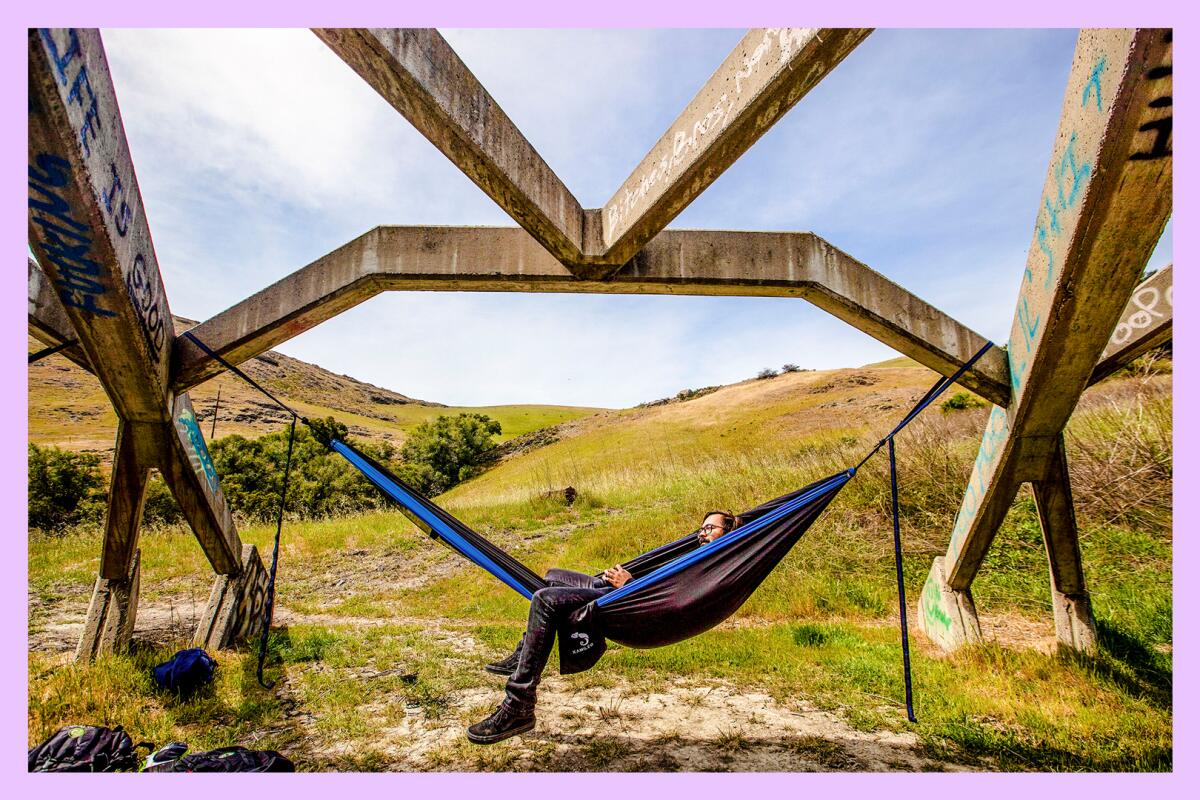
With the sun setting earlier and earlier, it’s about time for us to hit pause on our weekday rage hikes until March. Every year we approach it with dread, but we’ll pivot to weekend hikes as long as our schedule allows.
If you’re looking for a quick weekday hike — rage-relieving or otherwise — my favorite starts at the Griffith Park merry-go-round and ends at Beacon Hill. Park in the upper lot for the merry-go-round and head toward the trail. It’s a 2.9-mile out and back, with one final, grueling incline before you get to the top of Beacon Hill, which has a great view of downtown L.A. It takes about an hour and a half, but will feel a lot faster if you’re listening to a friend vent about their work week!
Get The Wild newsletter.
The essential weekly guide to enjoying the outdoors in Southern California. Insider tips on the best of our beaches, trails, parks, deserts, forests and mountains.
You may occasionally receive promotional content from the Los Angeles Times.
3 things to do
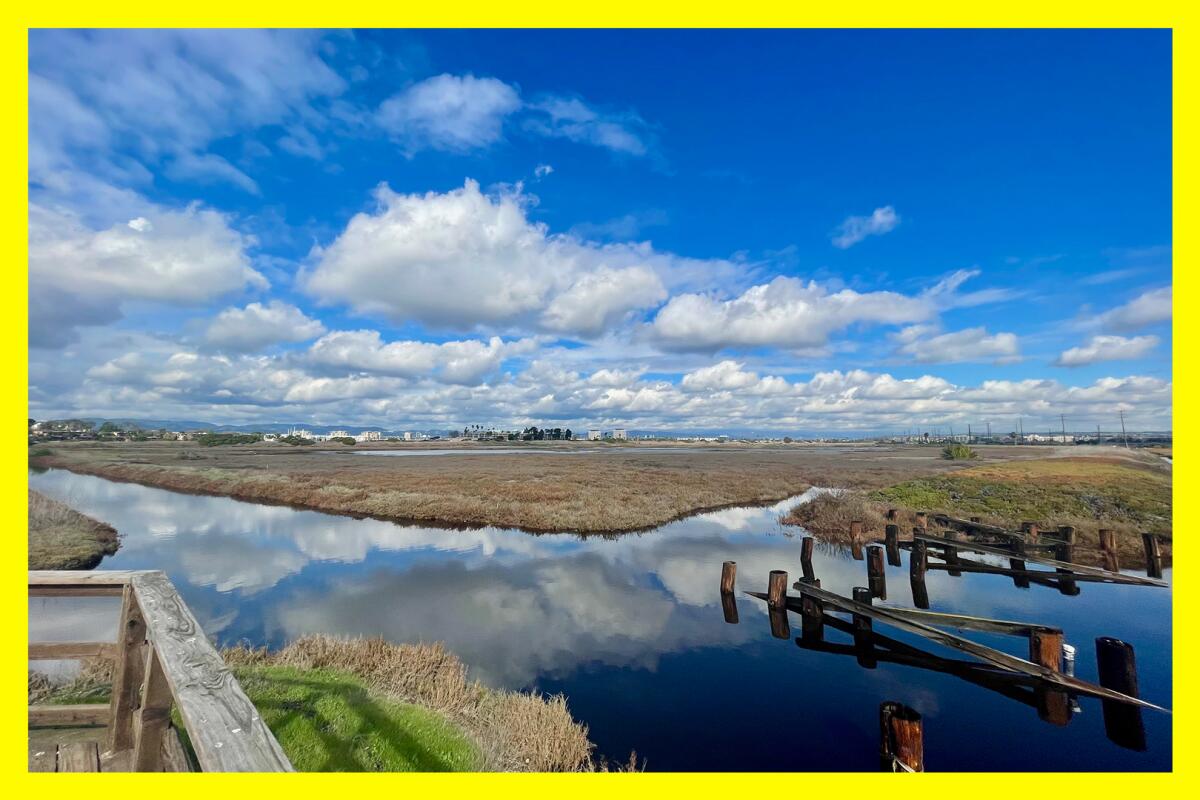
1. Saunter the salt marshes and tune into the dunes. If you’ve ever gazed out at the Ballona Wetlands Ecological Reserve and wanted to know more about it — including the flora and fauna that live there — this is your chance to find out since the Friends of the Ballona Wetlands is hosting a docent-led salt marsh and dunes tour on Saturday, Sept. 9, from 10 a.m. to 12 p.m. Pre-registration is required and a $5 donation per person is suggested. Also required? Close-toed shoes. Dressing in weather-appropriate layers and bringing a hat is also encouraged. Long pants are recommended to protect against some prickly plants that may be encountered. Pre-register at ballonafriends.org.
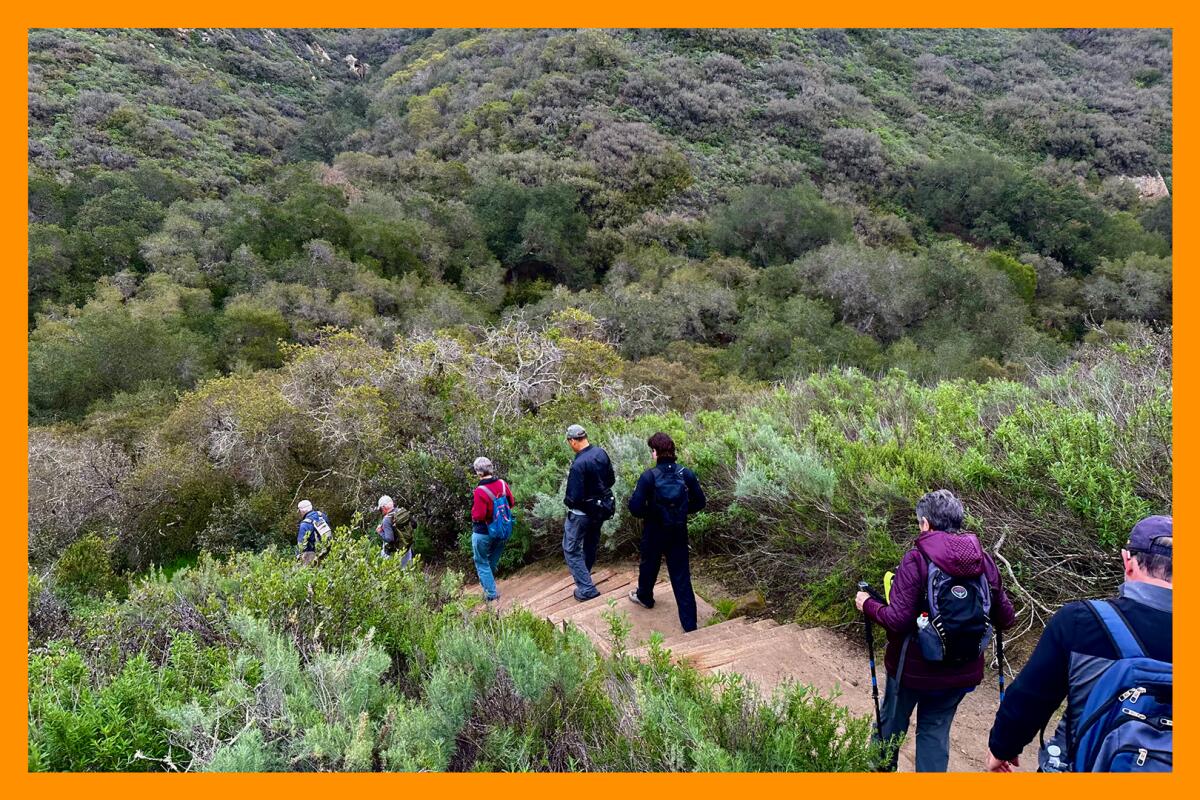
2. Meet the hippies of the bird world and more. Why are acorn woodpeckers the hippies of the bird world? What does a day in the life of a woodrat look like? Those are a few of the questions you might find the answers to on an upcoming exploration of Aliso and Wood Canyons Wilderness Park from 8:30 to 11 a.m. on Tuesday, Sept. 12, one of Laguna Canyon Foundation’s regular discovery hikes. Expect a 5-mile moderate hike on rocky terrain and potential encounters with deer, bobcats and hawks. Pre-registration and a minimum age of 18 (or 16 and accompanied by an adult) are required. Participants must bring water, closed-toed hiking shoes and sun protection. Does five miles seem a little long? Then consider signing up for the foundation’s 2.5-mile native plant hike in the same time slot on Thursday, Sept. 14, instead. Pre-register and find additional information at lagunacanyon.org.
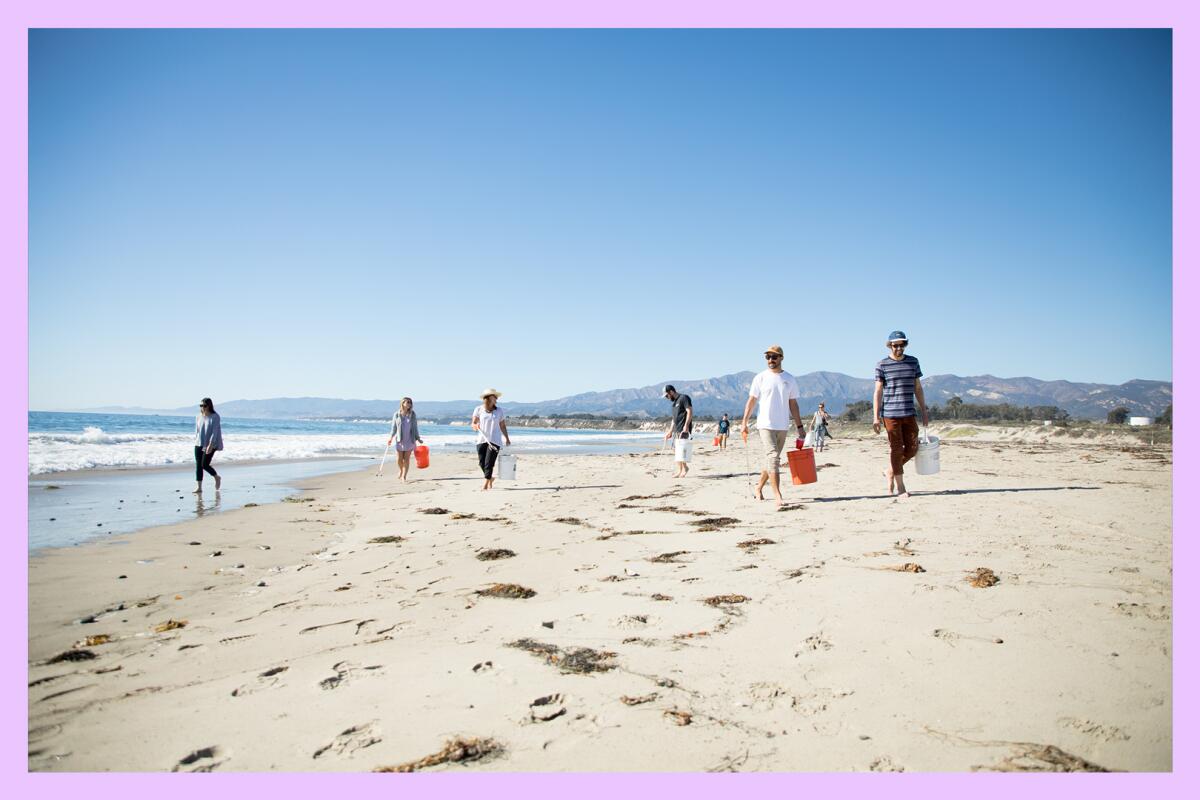
3. Talk trash — and then pick it up — at the beach. When is a mellow stroll along the coastline something more meaningful? When you’re doing it with a bunch of folks who have volunteered their time and energy to pick up litter off a stretch of Santa Monica’s shoreline. Sponsored by Kite and the Surfrider Los Angeles, this beach cleanup runs from 9 to 11 a.m. on Sept. 15 — one day before International Coastal Cleanup Day — with participants meeting at Lifeguard Tower 20 on Santa Monica Beach. Register at volunteer.surfrider.org — and bring a friend.
The must-read
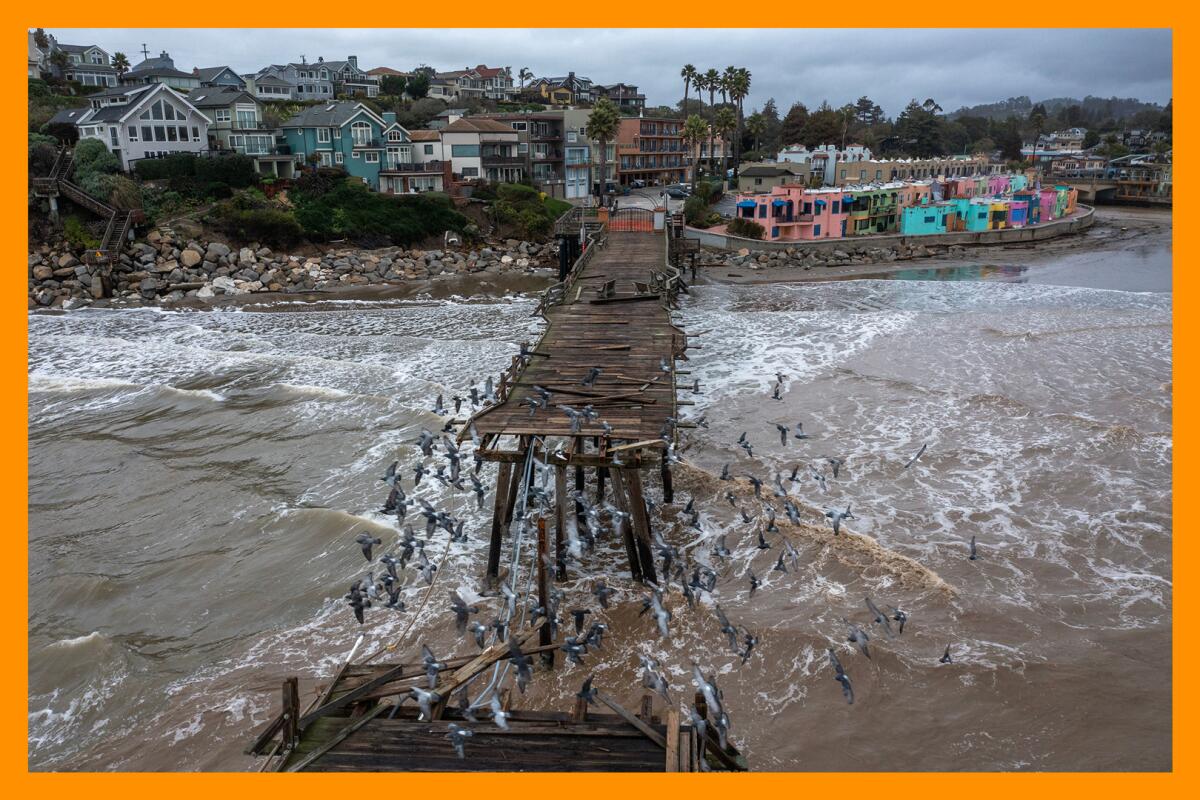
It’s impossible to spend time outside without thinking of the climate crisis in California. I remain grateful to have colleagues like Rosanna Xia, who recently published an excerpt from her forthcoming book “California Against the Sea: Visions for Our Vanishing Coastline.”
In that excerpt, Xia examines the duality of one version of the California dream: a life on the beach with a house right in front of the ocean, with the demands of climate change, which continue to rise.
“A problem exists because our human-built world keeps getting in the way of the rising sea,” Xia writes. “But this current story of our coast does not have to end in disaster. We can choose to act, to reconsider, to determine a more sensible future. How we proceed can make all the difference, and it’s on all of us to forge a new ending.”
I’m looking forward to digging into the book, which will be available Sept. 26 — and more importantly, learning what I can do to help combat climate change in big and small ways.
Happy adventuring,

P.S.

It wasn’t so long ago that we had record-breaking rain in California — enough to alleviate the drought conditions nearly statewide. Which means now is the perfect time to check out some of our recommended waterfall hikes. One of my picks? Pasadena’s Eaton Canyon Falls. It might have a waterfall all year round, but it is an extra treat to see after a rain.
Another of my favorites is Escondido Falls — you will trick yourself into believing it’s easy because of the initial descent, but don’t forget you need to make your way back up at the end.
For more insider tips on Southern California’s beaches, trails and parks, check out past editions of The Wild. And to view this newsletter in your browser, click here.
Sign up for The Wild
We’ll help you find the best places to hike, bike and run, as well as the perfect silent spots for meditation and yoga.
You may occasionally receive promotional content from the Los Angeles Times.




